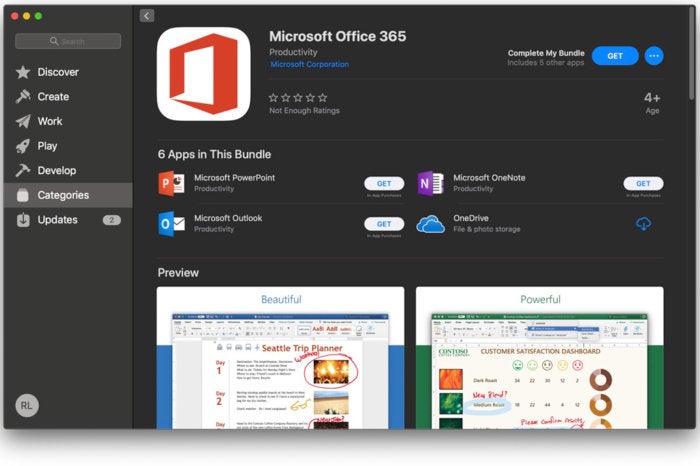

The advantage is that, as this is a vector image file released in 2001, it is more powerful than the three previous ones. This format may not sound familiar to you.

We should keep that in mind because if our page takes a long time to load, will be negative for SEO. Among these three options, it is the one with the best quality but it occupies much more memory than the previous two. PNG (Portable Network Graphics):Īs in the previous format, this one accepts transparent backgrounds as well. It is perfect for creating advertising banners. We can use it in a static or dynamic way. Also, this format is compatible with transparent backgrounds. It is ideal if all we need is simpler images. This format occupies less space than JPG but the maximum colors that can be used are 256. However, it is the most frequently used format for quality / weight and it is ideal to use on our website since it does not occupy much space. The problem with this format is that it doesn’t accept transparent backgrounds, as in the following two. Therefore, if you are editing an image in JPG and saving it several times, the quality will get worse and worse. This means that some data is lost every time you make a change to the photo and save it. Each time a JPG image is saved over and over, compression algorithms reduce the file size. Regarding quality, it may not be the best, but it is acceptable. This format is one of the best known because it uses small files. When we talk about the format of the images that we want to upload, we have these options that are the most frequently used: JPG (Joint Photographic Experts Group): These labels will help Google to better index your page. Therefore, choose a label that is related to the article you are creating and include keywords. So, how should you label them? If you are creating content about an article like this, the label on the image could be: “ optimize-images-seo.jpg”, “ tips-images-seo.jpg“, “how- optimize-images-for-seo.jpg “, etc. Why not? Simply, because such labels don’t mean anything to Google. We cannot label them this way: “ image01.jpg“, “ dsc0001.jpg“, “ photo123“. Now that we have found suitable images and we want to use them for our content, we have to take into account how we label them.
Mac store program for optimizing images for free#
If you prefer not to pay and want to look for free images without Copyright, I recommend the following sources of images:Īs in the case of paid images, always read what the license says so you don’t have problems later. If you buy a photo on one of the pages mentioned above, read the license well to know where it can be used and under what conditions. So, how do I find images without Copyright?

If you cannot use your own images, try these alternatives where you will find images without Copyright. However, keep in mind that you cannot go to Google Images and choose whatever image you like and use it as your visual content. When we create an article and talk about a specific topic, we should look for images concerning the topic we are dealing with.



 0 kommentar(er)
0 kommentar(er)
